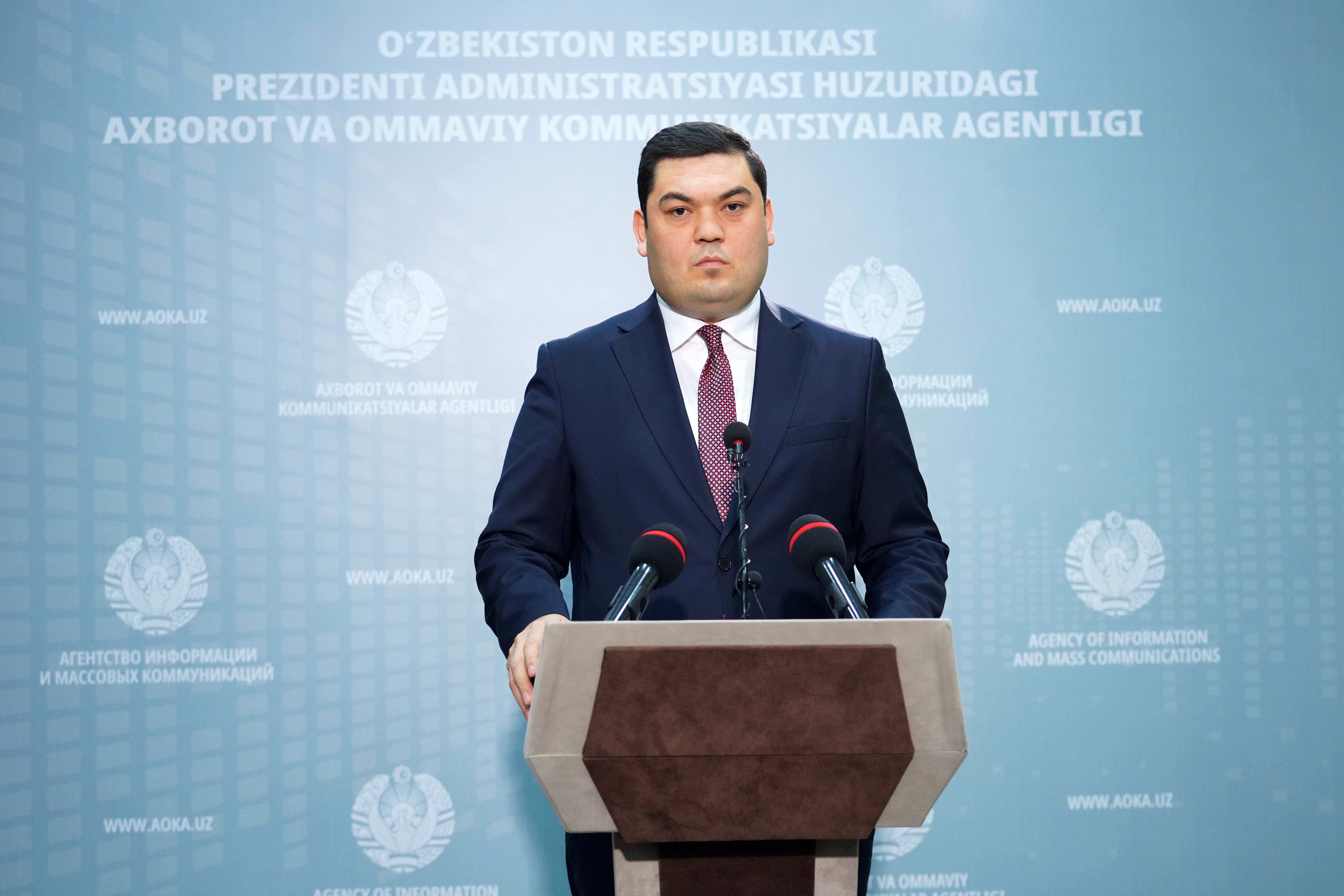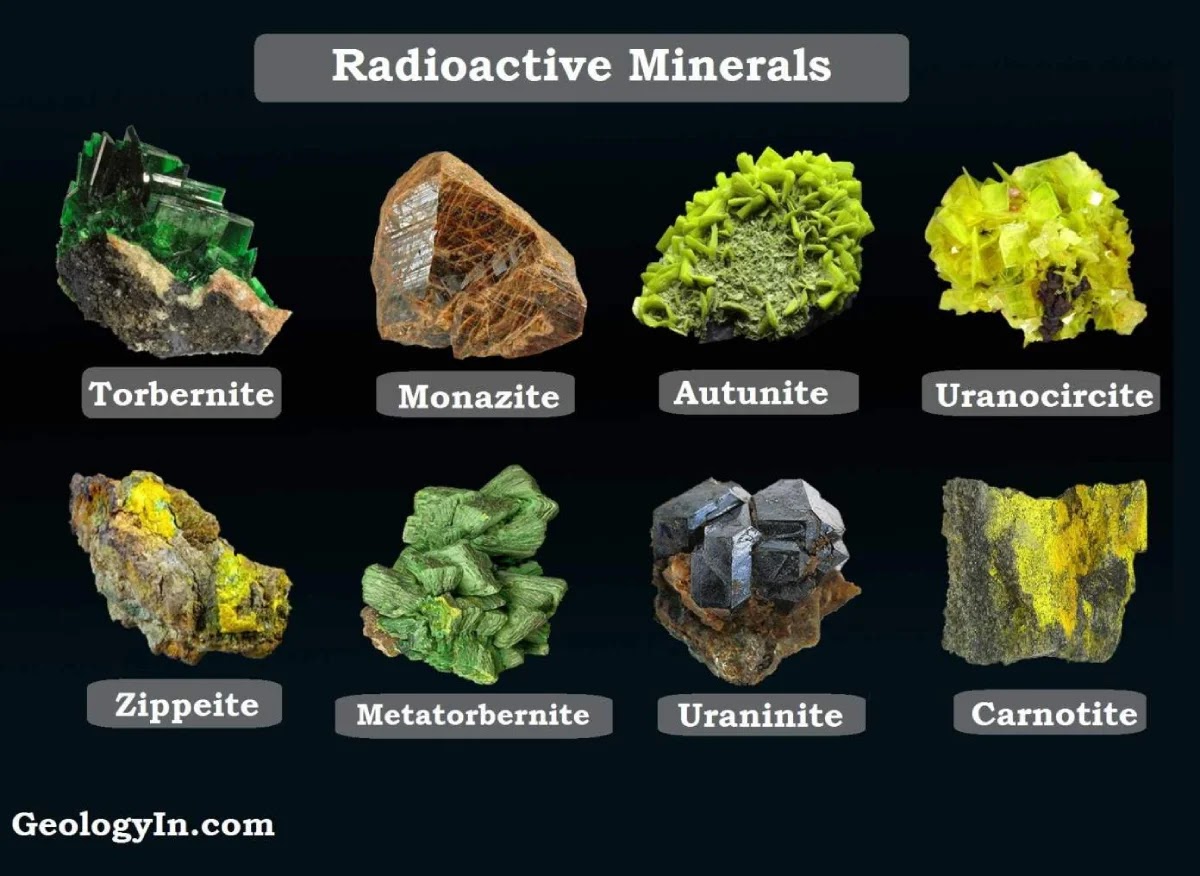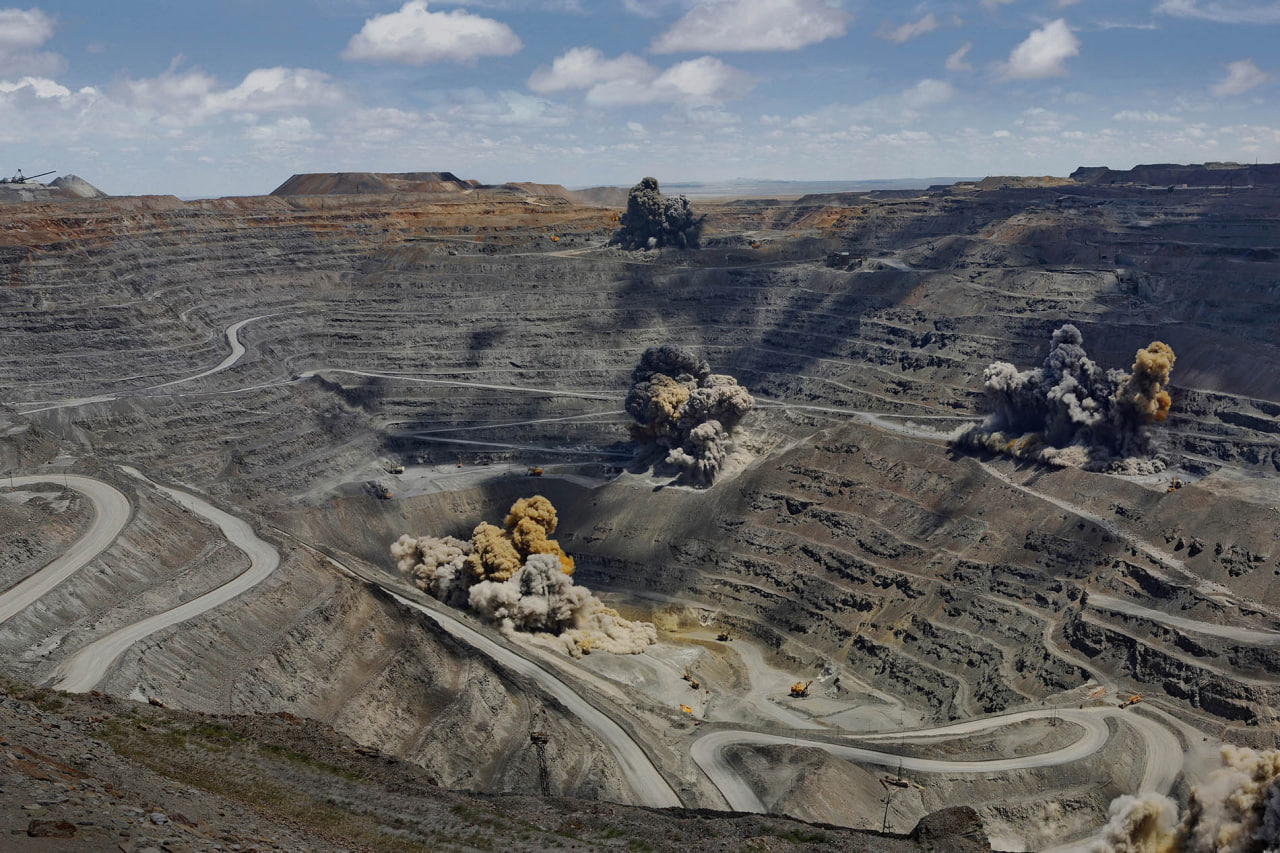In a recent briefing at the Agency of Information and Mass Communication (AOKA), Ilyas Jumaev, the head of the Ministry of Mining and Geology, revealed that Uzbekistan boasts an impressive total of 2,537 mineral deposits included in the state balance of mineral reserves. This rich diversity encompasses various types, each playing a crucial role in the country's economic development.

Diverse Mineral Reserves
Breaking down the figures, Jumaev highlighted that among the identified deposits, 1,855 are categorized as building materials, emphasizing the substantial resources available for construction and infrastructure projects. Additionally, there are 296 hydrocarbon deposits, 128 mining raw material deposits, 92 precious metal deposits, 61 mining and chemical raw material deposits, 41 radioactive metal deposits, 31 non-ferrous stone deposits, 20 non-ferrous and rare metal deposits, 8 coal and combustible shale deposits, and 5 ferrous metal deposits.
Strategic Importance of Minerals
Uzbekistan stands out globally for having identified almost all types of minerals known on Earth. Notably, the country possesses strategically important resources such as gold, silver, platinoids, copper, uranium, lead, molybdenum, tungsten, oil, natural gas, manganese, lithium, chromium, nickel, tin, tantalum, niobium, cobalt, scandium, germanium, and rhenium.

Key Mining Operations
The briefing outlined specific details about major mining operations in Uzbekistan. Currently, the country accounts for 101 gold and 3 silver mines, with a significant portion supplying raw materials to the Navoi and Almalyk mining-metallurgical combines (NMMC and AMMC). Additionally, there are 10 copper mines, mainly concentrated in the Tashkent region, and 5 lead and zinc deposits, contributing to the expansion of AMMC's capacity.
Tungsten Reserves and Exploitation
The strategic reserves of tungsten are spread across 9 mines in Jizzakh, Navoi, and Samarkand regions. While some of these mines have been exploited, others, including Southbay, Yaxton, Khodjadik, and Gussoy, represent potential future tungsten raw material bases.

Active Exploitation and Industry Contribution
Over 86% of the identified 2,085 deposits, spanning 43 types of minerals, are currently being actively exploited in various industries. This has significantly engaged small and medium-sized businesses, particularly in the production of cement, glass, building materials, and mineral fertilizers. The collaborative efforts involving the "O'zqurilishmateriallari" association and local governments aim to drive regional development, diversify industrial product lines, support related industries, and reduce the overall cost of finished products.
Exploration for Future Growth
In an effort to continually expand the nation's mineral wealth, more than 328 underground plots are currently under exploration by various business entities. This proactive approach seeks to identify new mines, ensuring a sustainable and prosperous future for Uzbekistan's mining industry.
Follow Daryo's official Instagram and Twitter pages to keep current on world news.
Comments (0)